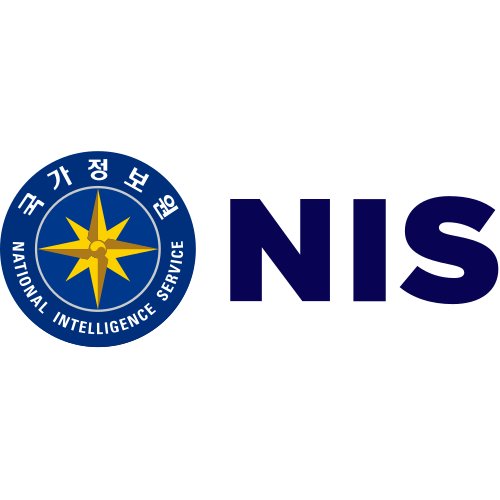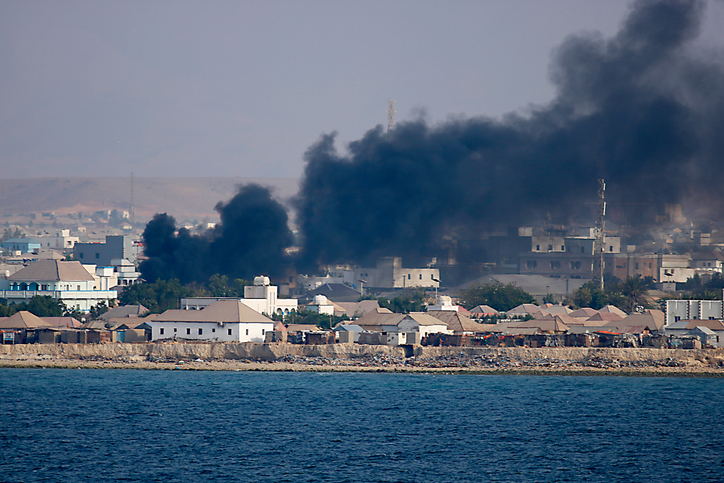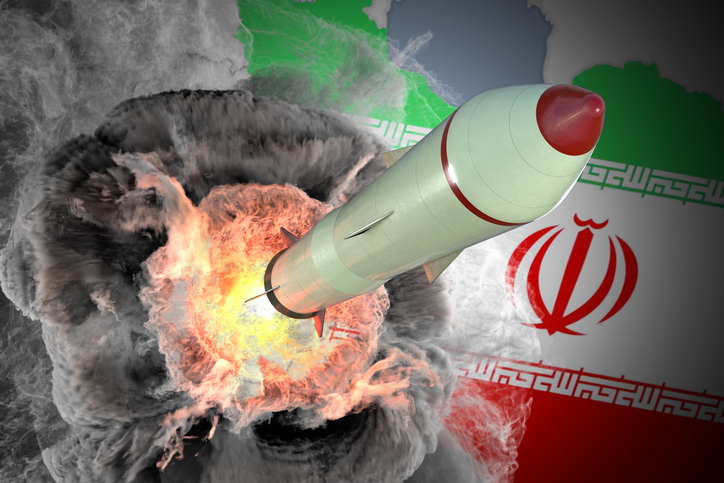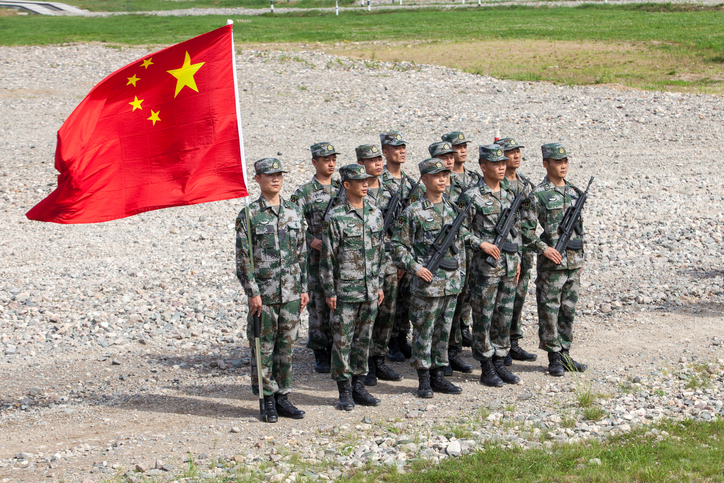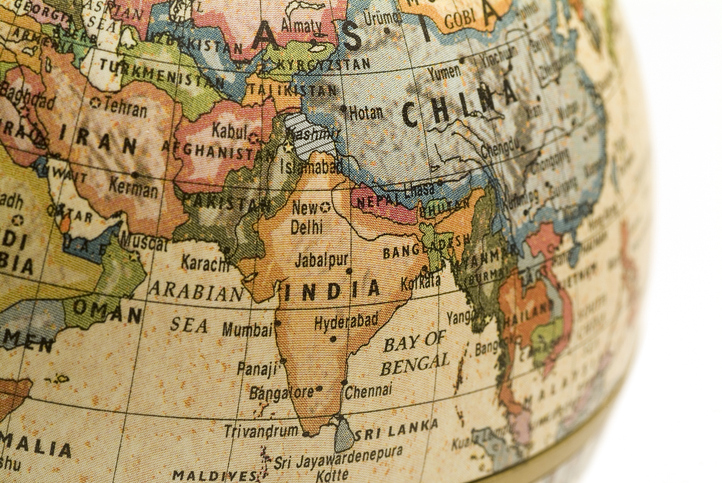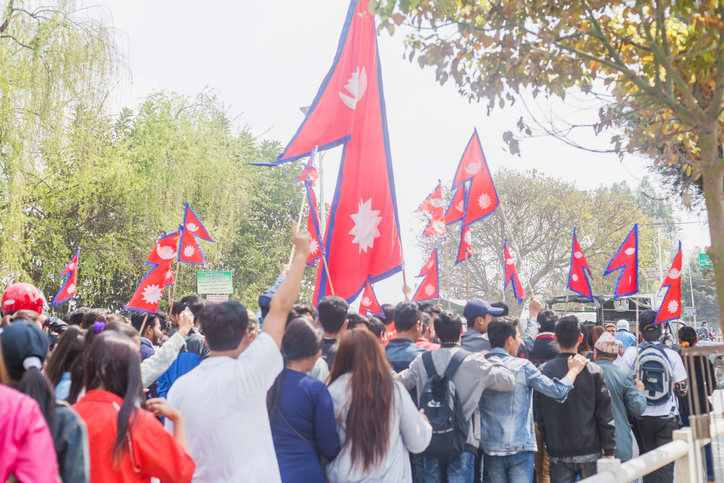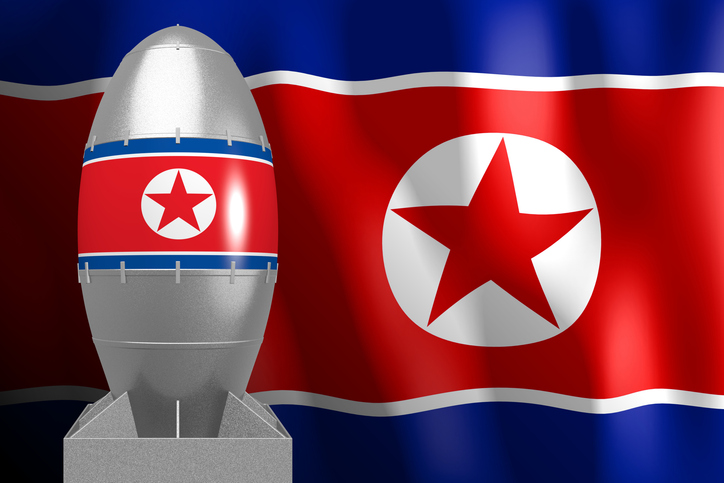
Posted On : Dec 18 2020
The Intricate Network of Gaza Tunnels : Unveiling the Underground World
Beneath the turmoil and strife of the Gaza Strip, there exists an intricate and often clandestine network of tunnels that have played a significant role in the region`s history.
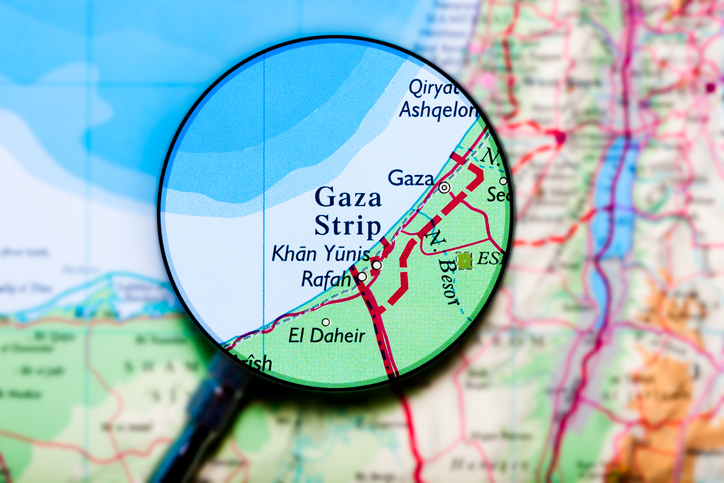
These subterranean passageways serve various purposes, from smuggling goods to military operations. This article delves into the world of Gaza tunnels, exploring their history, purposes, and the ongoing challenges they pose to regional stability.
Historical Context
The use of tunnels in the Gaza Strip is not a recent phenomenon. Tunnels were initially constructed for mundane purposes, such as sewage and water infrastructure, but over the years, they evolved into a significant aspect of life in Gaza. It was during the Israeli blockade of Gaza that the tunnels began to take on a more prominent role. The Israeli restrictions, imposed in response to security concerns and the threat of arms smuggling, contributed to the growth of these underground passages.
Purposes of Gaza Tunnels
Economic Lifeline: Gazan tunnels have long been crucial for importing essential goods, including fuel, building materials, and consumer products. This subterranean trade provided a lifeline to the people of Gaza, particularly during times of heightened conflict.
Arms Smuggling: Some tunnels have been used to transport weapons and ammunition into Gaza, fuelling the conflict between Palestinian factions and Israel. The Israeli government's efforts to combat arms smuggling via tunnels have led to the destruction of numerous passages.
Escape and Resistance: Tunnels have been used by militants to infiltrate Israel for attacks, kidnappings, and other acts of resistance. The underground network has allowed for strategic flexibility and provided a means of evading Israeli security measures.
Challenges and Controversies
The Gaza tunnels pose a range of challenges and controversies, both within the region and on the international stage:
Security Concerns: Israel views the tunnels as a major security threat. This perspective has led to periodic military operations aimed at locating and destroying the tunnels. In doing so, Israel has often cited the need to prevent arms smuggling and protect its citizens.
Economic Impact: The underground trade in Gaza has had economic implications, with some tunnels contributing to the bypassing of legal import restrictions. This has complicated international efforts to ease the humanitarian crisis in Gaza.
Human Rights Concerns: The construction and operation of tunnels have raised human rights concerns, particularly regarding child labour, unsafe working conditions, and the exploitation of laborers.
Inter-Palestinian Tensions: The tunnels have also played a role in inter-Palestinian tensions, with various factions vying for control over this lucrative underground economy.
Efforts have been made to address the issue of Gaza tunnels:
Ceasefires and Negotiations: International actors have repeatedly called for ceasefires and negotiated settlements to reduce the reliance on tunnels and ease the humanitarian crisis.
Humanitarian Aid: International organizations continue to provide humanitarian aid to Gaza, aiming to alleviate economic hardships and reduce the necessity of tunnels for basic goods.
The Gaza tunnels represent a complex and multifaceted aspect of life in the Gaza Strip. While they have served as an economic lifeline for many, they have also been a source of security concerns and international controversy. The future of these tunnels remains uncertain, dependent on political negotiations and the evolving dynamics of the Israeli-Palestinian conflict. Understanding the history, purposes, and challenges posed by Gaza tunnels is essential for comprehending the ongoing struggles for peace and stability in the region.
No Comments Added






